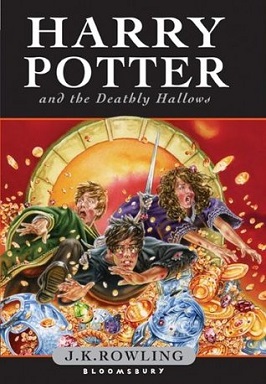The Great Connection
Prodigy – Smack My Bitch Up
I.
It was Smack My Bitch Up that was playing as I read a particular section towards the beginning of Bank’s Excession where a drone, if I remember correctly, has to escape from a spaceship that is being taken over. And in one of those inexplicable coincidences the music and the action in the book fit each other perfectly. I could imagine a scene of the same on film with the music on the background and the drone running to escape out of the ship. There was a thrill of adrenaline as the music pumped the page into a 6 minute scene of pulse pounding action. And when the song entered the slow meditative section in the middle the action also entered a seemingly slow motion stage on the page where the drone glides through the air. Spielberg couldn’t have done it better on film. Incredible!
II.
Greece was sunny and bright, the very opposite of Auster’s grey and moody New York in City of Glass. As I ran from one end of Greece to another I seemed to mirror Quinn’s random wanderings through the dark side of New York. It was a wonderful contrast to look out of the window of the ferry and lose myself in the endless blue of the Aegean and a moment later lose myself in a world of a different sort between those pages, a world where wrong numbers led to postmodern detective adventures. And on the plane back as Quinn descended into a spiral of pointless obsession I felt the darkness outside the thick window reach in and for a second grip my heart.
III.
The wild rain and wind made me stay indoors in a bunk bed in a hostel near the Princess Street Gardens in the heart of old Edinburgh. There, Safran-Foer held my interest with his young protagonist dealing with post 9/11 trauma and his mute grandfather, witness to the Dresden firebombing. Reliving the firebombing lying on a hostel bed does not seem, at first glance, the most profound or sensitive thing to do. But what did surroundings matter when body and soul you are beside the narrator experiencing the endless horror. The shriek of the wind outside the window became the cries of people burnt and mutilated. As he ran through the smoking ruins of a glorious city, crazed and horrified, the rain outside seemed to fall in tandem to his running footsteps. The strength and precocity of the young boy instilled hope in a dark world taken over by low grey clouds and muted light.


